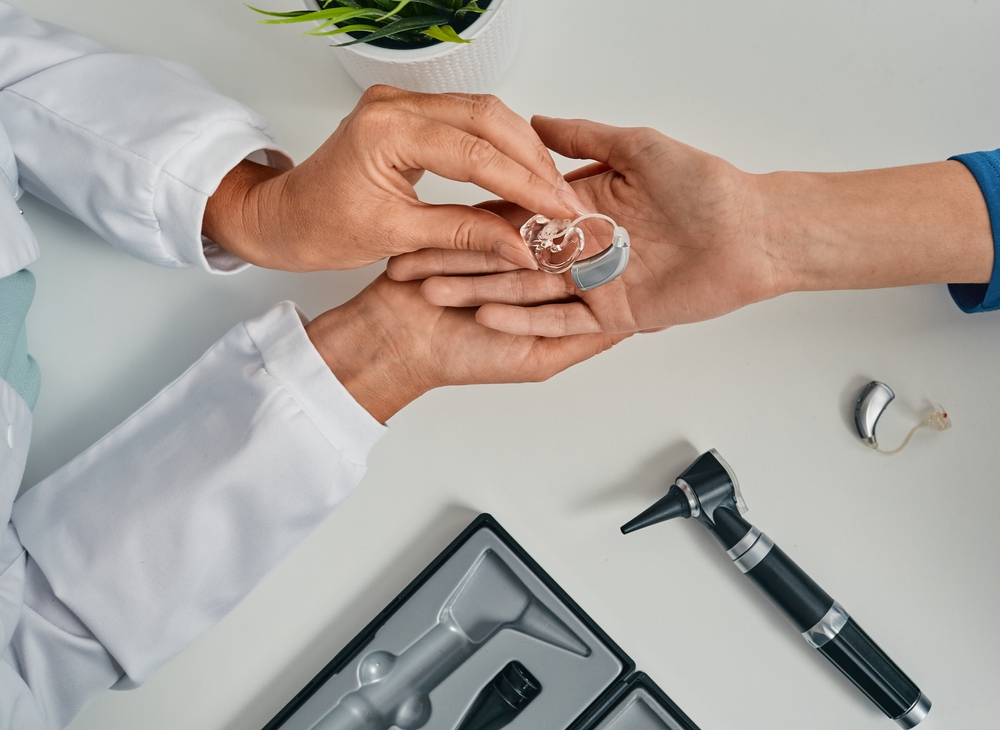
Hearing aids are essential for enhancing daily communication by improving the clarity of sound. To keep them functioning at their best, routine maintenance and professional cleanings are crucial. Over time, earwax, moisture, and debris can accumulate, resulting in decreased performance. Recognizing when to find professional cleaning can help prolong the longevity of your hearing aids and maintain optimal performance.
Why it’s valuable to have your hearing aids professionally cleaned
Even with consistent at-home care, hearing aids gradually collect buildup that might affect sound quality and performance. Routine servicing provides a number of advantages:
- Deep Cleaning– Removes earwax, dust, and moisture that day-to-day cleaning tools might not successfully remove.
- Enhanced Performance– Removes blockages that can cause dampened sound or distortion.
- Extended Lifespan– Prevents early wear and tear, reducing the need for repair work or replacements.
Routine skilled cleanings keep your hearing aids working efficiently, minimizing the chance of unexpected malfunctions.
Indications that your hearing aids require professional upkeep
If you’re uncertain whether it’s time for a professional cleaning, watch for these typical warning signs:
- Muted or Distorted Sound: If speech and environmental sounds seem muffled, dull, or distorted, it may be due to wax or debris blocking the microphone or speaker.
- Relentless Shrieking or Feedback: A high-pitched whistling sound (feedback) can indicate wax buildup or a poor fit. Professional cleaning can help in removing obstructions and fine-tuning the fit accurately.
- Issues with Volume Control: If adjusting the volume doesn’t seem to have the desired effect, internal elements may need repair or software recalibration.
- High humidity can impact the device’s internal components, causing sporadic audio disruptions or unreliable button control. A professional repair professional can evaluate and address any moisture-related concerns.
- Noticeable Wax or Gunk Accumulation: If you see a considerable accumulation of wax or debris on your hearing aids, professional cleaning ensures a more complete removal than at-home care.
- Implement specialized tools to carefully remove wax, debris, and moisture from sensitive elements without causing harm.
- Examine and service components to confirm all elements are working correctly.
- Inspect both software and hardware to pinpoint any performance problems that might be impacting the quality of sound.
- Replace any tubing or filters that may be affecting the performance of the device.
- Every 3 to 6 months for routine maintenance.
- More regular cleanings are suggested for people prone to excessive earwax accumulation or those living in humid settings.
- As soon as problems arise, dealing with modest problems early can avoid costly repairs.
What to expect during a professional hearing aid cleaning
A professional cleaning appointment goes beyond standard maintenance and ensures your devices operate efficiently. Here a number of things your hearing specialist will accomplish during a cleaning:
What is the suggested time frame for setting up professional maintenance?
The need for professional cleanings differs based on factors such as how much earwax is generated, the levels of moisture, and how the device is generally used. Frequently recommended best practices are:
Maintain your hearing aids for ideal performance
To keep your hearing aids working optimally and delivering crisp, clear audio, it’s crucial to schedule regular check-ups and maintenance with a hearing care professional.
If you’re experiencing muffled audio, feedback, or functionality issues, it might be time to set up a professional cleaning.
Schedule your hearing aid cleaning and maintenance today.